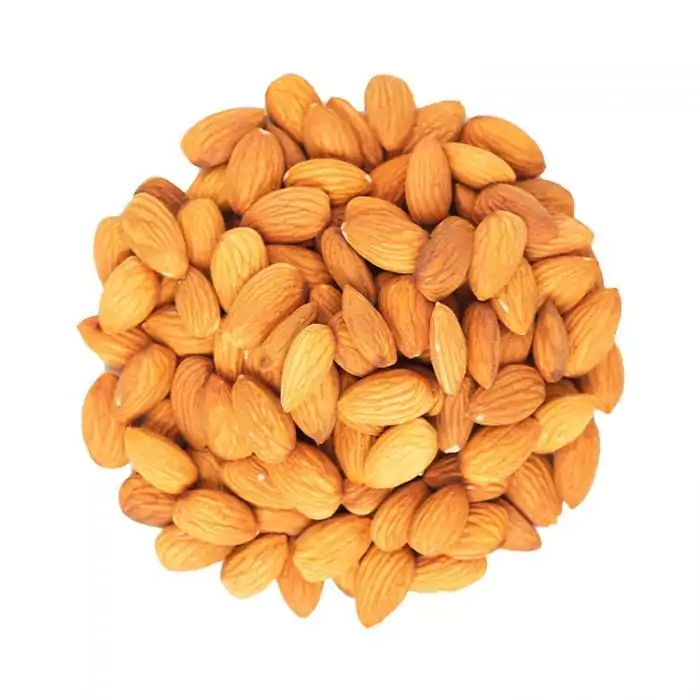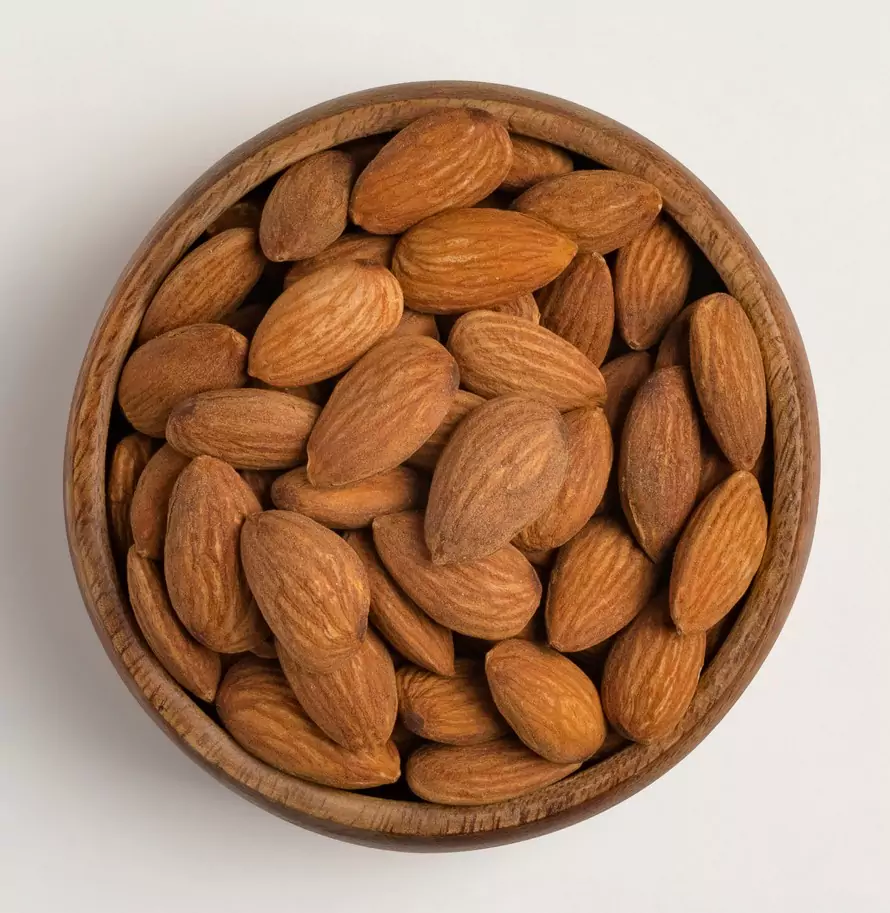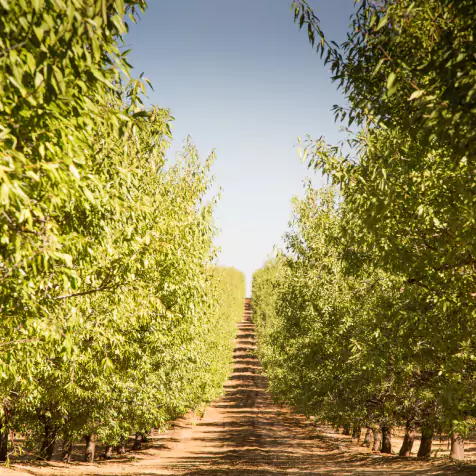At our vast orchards in Australia and the USA (California), we implement the latest agronomy practices. We incorporate high levels of mechanisation to ensure we produce excellent yields of quality, flavoursome almonds with the best environmental footprint.
Around 4 million trees planted across 13 orchards in New South Wales and Victoria, Australia, grow Non Pareil, Carmel and Price almond varieties. In California, USA, we produce mainly Non Pareil and Carmel varieties, but also Sonora, Buttes and Monterrey varieties.
Sensors in our almond trees are combined with data from tree trunks, drip line flow, soil and weather predictions to track growth and identify issues quickly. The system helps anticipate and plan irrigation requirements.
Our presence in both the Northern and Southern hemispheres allows to constantly deliver new season almonds to our global customers.
We provide customised snacking and ingredient formats for natural and blanched almonds. Using state-of-the-art technology, we offer whole, sliced, diced, slivered, meal and split formats, retaining their rich flavour and nutritional value. Through our facilities across three continents, customers can enjoy a reliable supply of tailored solutions from whole nuts to ingredients.
Our USA operations are fully integrated following the acquisition of Hughson Nut Inc. in 2019. We offer steam sterilisation and pasteurisation through our processing plants in California, and are equipped to complete orders to customer specifications and ensure product safety.
Our BRC-certified processing facility near Mildura in Northern Victoria, Australia, ensures single-point control of almond quality, traceability and safety from orchard to customer.
Our blanching and ingredient processing facility in Ho Chi Minh, Vietnam, conforms to the world’s highest food safety and quality standards. Roasting is undertaken on variable capacity lines capable of processing different grades of almonds with consistent flavour, aroma and texture.
Read ofi news
By Andrew Brooks, Head of Cocoa Sustainability, olam food ingredients (ofi)
This week, the world’s attention turns to a heavy burden that can damage a child’s Health and Education: child labour. In ofi's cocoa business, we are focused on solving this problem every day.
Most child labour in cocoa relates to children carrying out hazardous tasks on the family farm, distinct from the much rarer issue of forced labour, and has no one cause. Labour laws can be misunderstood, and schools might be located far away. Even if there is a school nearby, children may not have the documents they need to enrol. When combined with rural poverty, many parents think their child’s time is best spent helping on the farm. And now, these cocoa-growing communities are also battling a global health pandemic.
We’re working to tackle each of these challenges in turn. Under our Cocoa Compass sustainability ambition, we aim to completely eradicate child labour from our direct supply chain by 2030 and ensure farmers’ children can access the education they are entitled to. In 2020, we reached the critical milestone of rolling out child labour monitoring across 183,000 households in nine countries.
There is still a lot to do, and collaboration with our customers, national governments, and civil society is essential. For example, we recently asked the Fair Labor Association (FLA) to assess the extent to which cocoa farmers and their families have benefited from our sustainability programmes in Côte d’Ivoire, their perception and satisfaction with these interventions, and help to refine our approach further.
Using a due diligence methodology called Social Impact Assessment, the FLA collected extensive data and interviewed over 450 people from ten cocoa communities, including women and children. It found that of all our efforts to tackle child labour, the setting up of child labour monitoring and remediation and enabling access to education are the most advanced and have the most significant impact.
It also revealed that over two-thirds of those interviewed think child labour is on the decline in their community, and 80% believe that the interventions by ofi and our partners are contributing to protecting children.
There are areas for improvement. The FLA suggested we provide additional support to help farmers access affordable labour. And ensure greater follow-up with Village Savings and Loans Associations to maximise their ability to promote child protection.
We know that combining our efforts through multi-stakeholder partnerships, championed by local and regional governments, and supported by international finance institutions, is the best way to create the kind of long-term systemic change needed to reach universal school attendance
and graduation for children in cocoa communities.
This World Day Against Child Labour reminds us that if we want to put children first in cocoa, we must be open to testing new approaches and adapting our efforts based on what works best. The future of a cocoa generation is at stake if we don’t.









